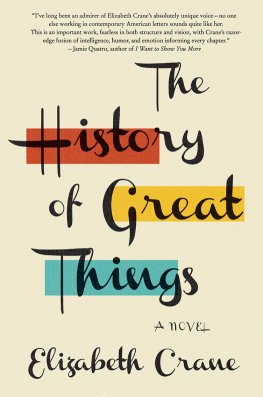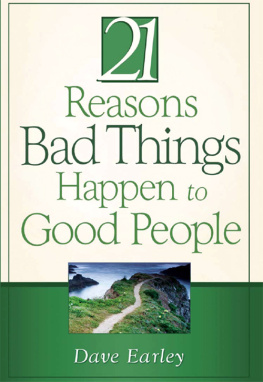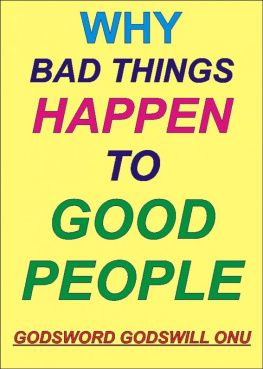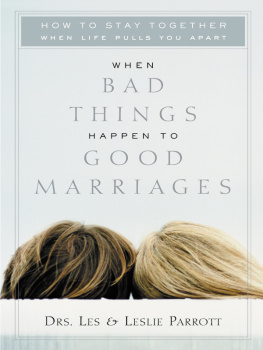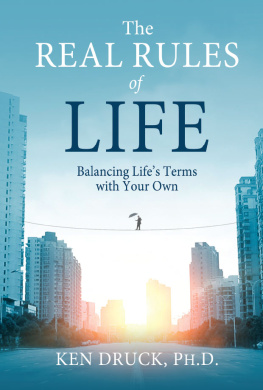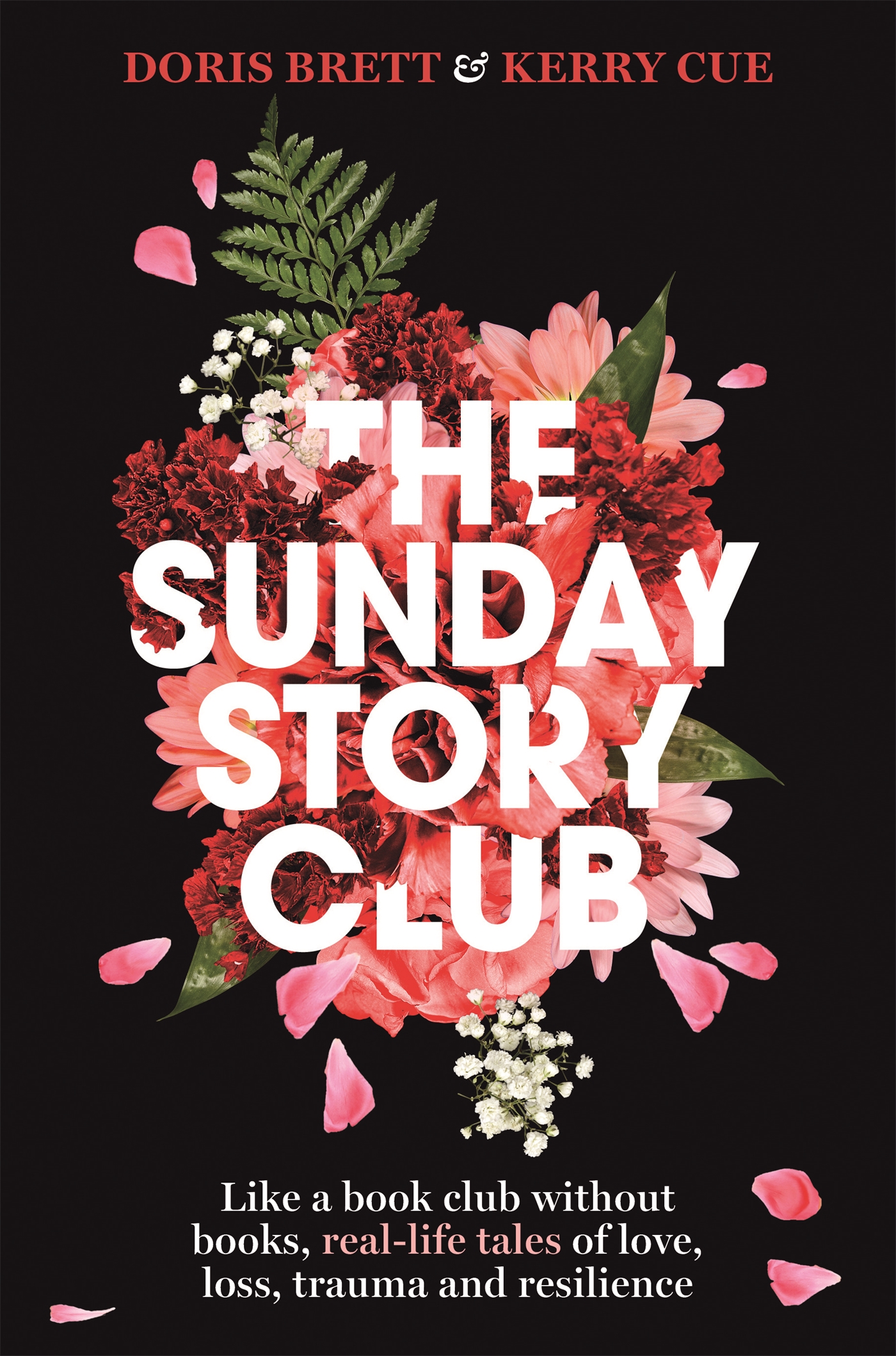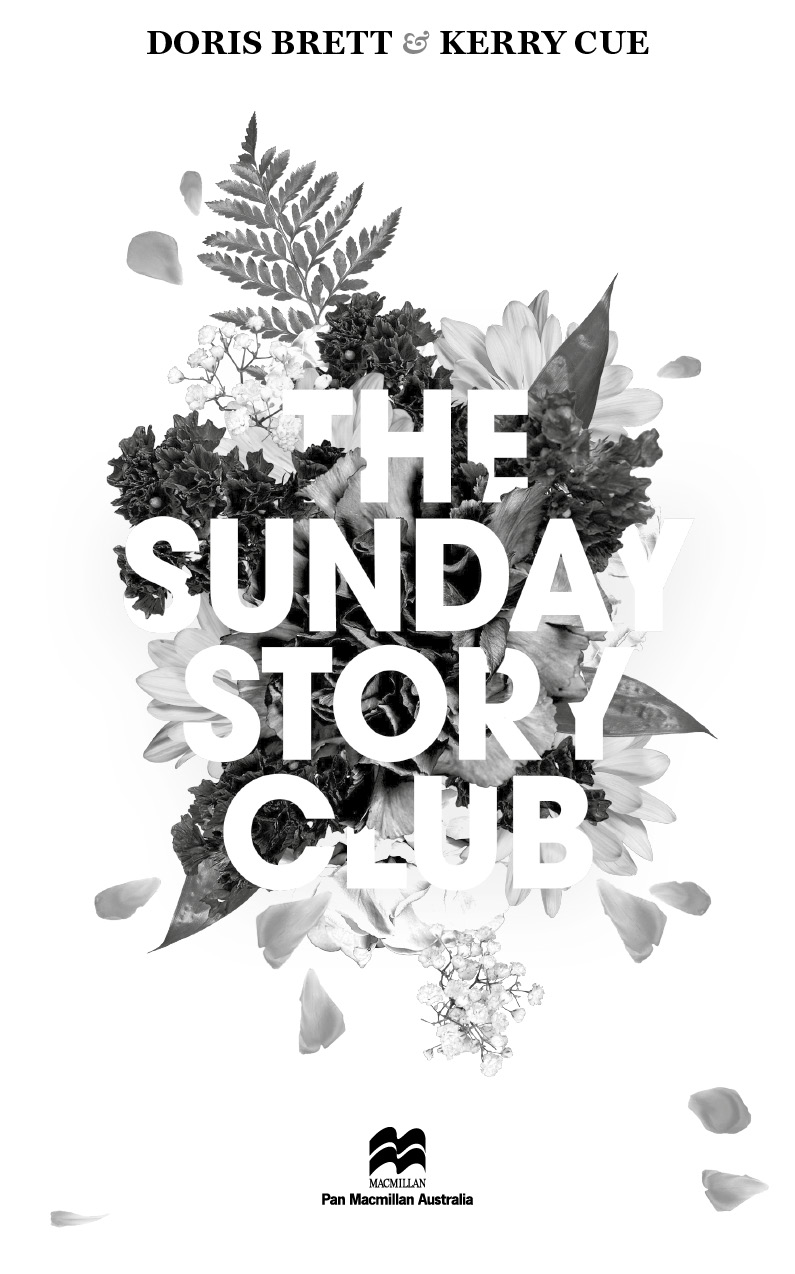About The Sunday Story Club
Im sorry, I didnt mean to cry. But the salons have given me the opportunity to look back and think about my life I dont talk to anyone about these feelings outside of the salon.
We all carry stories within us wrenching, redemptive, extraordinary, and laced with unexpected and hard-won wisdom.
These are the real-life stories that a group of women tell each other when they gather for a deep and structured conversation once a month in a suburban living room about the things that really matter.
They discover that life can be a heartbeat away from chaos; that bad things happen to good people; that good people do outrageous things; that the desire for transformation is enduringly human.
A mother tells of the heartbreaking loss of control when her daughter develops anorexia. A sister reveals the high psychological cost of being hated by a sibling over the course of her life. Husbands leave wives; wives take lovers; friendships shatter; wrong choices turn out to be right ones; agency is lost and re-claimed.
Profound, layered and clear-sighted, this collection of real-life stories reveals the emotional untidiness that lies below the shiny surface of modern life and reminds us of the power of real conversation to enlighten, heal and transform.
About the Authors
Doris Brett is a clinical psychologist, multi-award-winning poet and critically acclaimed memoirist and writer. Her books range through various genres, including therapeutic stories for children, fiction, memoir and poetry. Her latest book, The Twelfth Raven , is a memoir of her husbands devastating stroke and recovery.
Kerry Cue is a humorist, mathematician and journalist who has written for every major newspaper in Australia. Kerry is also the maths blogger Mathspig. She studied Science/Engineering at Melbourne University and taught maths and science for ten years before becoming a bestselling author of twenty humorous and educational books including Life On a G-String and Australia Unbuttoned . Her recent novel on American gun culture is Target 91 (Penmore Press, 2019).
When we started our salons, our aim was to create a space in which meaningful and authentic conversation could flourish. It would be an antidote to the rushed conversations or brief electronic communications with which our era is filled. The salons have been more wildly joyful, moving, uplifting and just plain wonderful than even we could imagine. The stories that have emerged from them have enriched us all and we want to dedicate this book to all the women who have so generously shared stories in the salons over the years and to all future salon participants, wherever they may be.
Contents
Introduction
Ironically, considering how strongly we advocate face-to-face contact, the two of us met online. It was 2014 and Doris had just published a memoir, The Twelfth Raven , recounting her husband Martins devastating stroke and extraordinary recovery. That same year, Kerry had established a website, Sibylesque, dedicated to breaking down the female stereotypes of age, size, marital status and so on. Kerry reviewed The Twelfth Raven on Sibylesque then emailed Doris with a link to the review; Doris replied with an invitation to her book launch. We didnt have much time to talk at the event, so we agreed to meet for lunch at a cafe halfway between our two homes.
At that first meeting, we realised that we were unalike in many ways: Doris is a psychologist, author, poet and psychotherapist with a Jewish heritage, while Kerry is a humorist, journalist, author and mathematician of Irish-Catholic background (now a sworn atheist). But we shared a few significant traits: curiosity, creativity and, importantly, a love of stories. We also discovered a mutual dislike of meaningless social chitchat, both of us preferring in-depth, meaningful conversation. This sparked an idea: we should organise a salon at which people could actually engage in such conversations.
In early-eighteenth-century France, salons were formal gatherings in which people came together to discuss intellectual, philosophical and political topics. They became a venue for spirited intellectual discussion of the ideas of the day and allowed a variety of viewpoints to be heard, influencing many of the thinkers who shaped French society at the time. The salon we envisaged, however, would be of a different sort: instead of discussing the weighty topics of the day, we would discuss something even more weighty: our inner worlds. We would share the stories of ourselves.
We are all made of stories. The stories we tell ourselves about who we are, who others are and what the world is become our reality. The brain has, in fact, been described by neuroscientists as a story-making machine.
At an evolutionary level, the storytelling tool of language has been crucial to the ascendency of the human race. As a relatively weak creature without a tough hide, poisonous spurs, claws, or even an ability to run faster than our predators, we could never have survived, let alone thrived, without our ability to turn experiences into words. The development of oral and, later, written language enabled us to pass on what we had deduced from useful experiences, to share our knowledge. Stories about our experiences, and the events surrounding them, allowed us to communicate what mistakes we had made, what we had already tried and discarded, and also what flare of creative impulse had led us to solutions.
In humans earliest days, stories would have been told around campfires at night, during the repetitive work of collecting berries or sharpening flints, during tribal or religious ceremonies, during the walks from one campsite to another, the building of shelters, the preparing of meals or one of the myriad other occasions when people joined together in work or leisure and shared their individual experiences as well as the larger stories of their people.
In the 21st century, however, the context of personal storytelling has shifted radically, as has the means of communication. Today, instead of exchanging stories in the relaxed context of a leisurely walk or a shared task, stories are told through screens. The screens are physical, of course the screens of the computer or smartphone but they are also psychological, in the sense that the screen also functions as a mask. On social networking platforms such as Facebook, Twitter, Instagram and so on, users are creating images of the self intended for public and, often, competitive viewing. These short, pithy communications are sound bites rather than stories, designed to display the idealised rather than the actual self.
We are primed to be alert to, and aware of, what others think about us. Our earliest sense of self comes from the stories that others tell us about ourselves. As toddlers we might learn that we are a good girl or boy if we dont make a fuss, or a brave girl or boy if we dont cry when we fall over. These stories told to us by others are eventually internalised as the stories we tell ourselves about ourselves. How we view ourselves and our lives thus depends on our self stories and we tend to see these as fixed and immutable until, perhaps, we tell them aloud. The response we see in listeners eyes, the questions they ask, the emotions that are aroused by them can change the way we see our own stories and, therefore, the way we see ourselves. But for that we need face-to-face communication.
For much of humankinds history, the only way we could communicate with each other was face to face; literacy was rare, and there were no telephones or video screens. Now, though, it is a common sight to see people facing each other across a table but with their gazes directed downwards to the ever-present screens. Communication technology might have conquered the challenges of physical distance, but it is increasing our emotional distance from each other. It is this distance we hoped to overcome through our salon.


